The dangers of hidden and ignored lead in the US
A Wall Street Journal investigation has unearthed a "sprawling network" of poisonous lead cables across the country

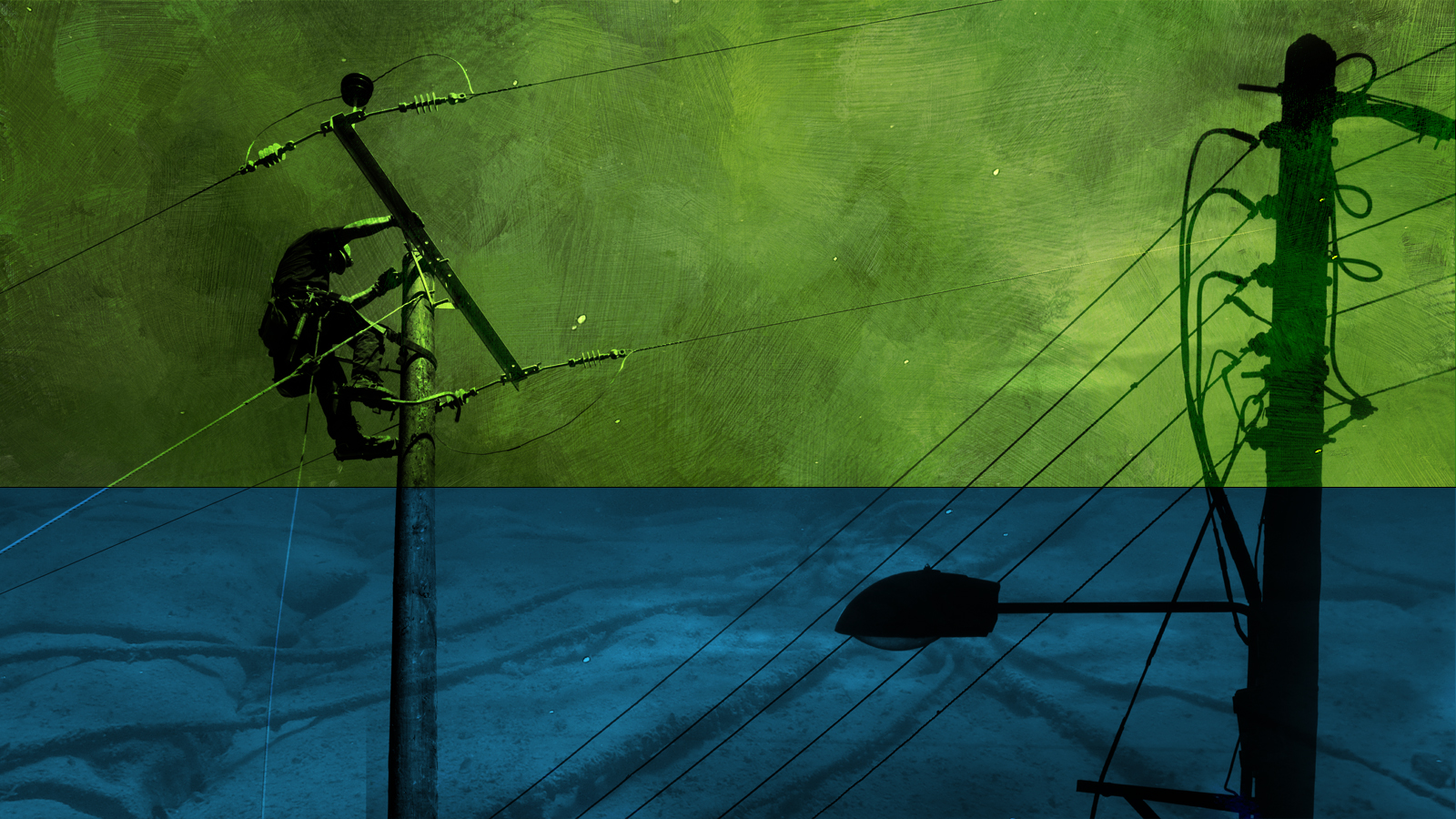
A Wall Street Journal investigation uncovering miles of abandoned toxic lead cables across the country has shocked experts and lawmakers alike, prompting scrutiny of the telecom companies who first laid the cables decades ago and concerns regarding the hidden health hazards to unsuspecting Americans. "This is corporate irresponsibility of the worst kind," Sen. Ed Markey (D-Mass.) wrote in a letter to industry group USTelecom. The companies "that are responsible for these lead-sheathed cables have a duty — both civic and legal — to ensure that they do not put Americans in harm's way."
What did the Journal find in its investigation?
Journalists uncovered a "sprawling network" of more than 2,000 now-defunct lead-sheathed cables that runs "under the water, in the soil and on poles overhead," leaching lead into the areas where Americans "live, work and play." For years, telecom companies like AT&T and Verizon were aware that degrading lead from the abandoned cables could harm both workers and the environment, yet they did nothing to fix the problem, the Journal alleged, according to documents and interviews with ex-employees. Approximately 330 of the identified underwater cables are located in an area that feeds into the drinking-water supply, per the Environmental Protection Agency, and "roughly 80% of sediment samples taken next to underwater cables … showed elevated levels of lead." Meanwhile, toxic cabling runs through the air "alongside more than 100 schools with about 48,000 students in total," and more than 1,000 schools and child-care businesses are situated within half a mile of an underwater cable, the Journal reported. In New Jersey alone, "more than 350 bus stops are next to or beneath" aerial lines.
These findings "suggest there is a significant problem from these buried lead cables everywhere, and it's going to be everywhere and you're not even going to know where it is in a lot of places," Linda Birnbaum, director of the National Insitute of Environmental Health Sciences, told the Journal. Added Ben Grumbles, executive director of an association of state environmental regulators: "This is a type of toxic exposure that isn't on the national radar and it needs to be."
The Week
Escape your echo chamber. Get the facts behind the news, plus analysis from multiple perspectives.

Sign up for The Week's Free Newsletters
From our morning news briefing to a weekly Good News Newsletter, get the best of The Week delivered directly to your inbox.
From our morning news briefing to a weekly Good News Newsletter, get the best of The Week delivered directly to your inbox.
What are the side effects of lead exposure?
According to the U.S. Centers for Disease Control and Prevention, even low levels of lead in the blood can negatively affect a child's "intelligence, ability to pay attention and academic achievement." In adults, risks include "kidney, heart and reproductive problems," per the Journal. No safe level of lead exposure has been identified.
Where else is lead a problem?
The U.S. has spent "billions of dollars to reduce lead in the environment," particularly as it relates to "well-known sources," like lead paint, gas and piping, the Journal said. But the outlet's findings may explain why many American children continue to show lead in their blood, despite conflicting claims from regulators, said Jack Caravanos, a professor at New York University who assisted the Journal in its investigation. "We never knew about it so we never acted on it, unlike lead in paint and pipes," he said of the phone cables.
An EPA survey from April also found more than 9 million lead service lines that supply drinking water across the U.S., meaning millions of Americans could "currently be at risk of consuming toxic material," CBS News summarized. Meanwhile, Flint, Michigan, continues to deal with the fallout of its own devastating water crisis, which began back in 2014, when the city began unknowingly supplying its residents with lead-contaminated water.
"This is an entire United States issue," Dr. Harvey Kaufman, co-author of a lead-focused study published in JAMA Pediatrics, told The Guardian in 2021. "It really is everywhere."
A free daily email with the biggest news stories of the day – and the best features from TheWeek.com
What have lawmakers and regulators said?
In addition to the comments from Sen. Markey, Rep. Patrick Ryan (D-N.Y.) told the Journal he is considering introducing legislation to address the problems highlighted in the investigation. These telecom companies must "do the right thing and clean up their mess," he said.
"There is no safe level of lead exposure — none — which is why I'm so disturbed by these reports of lead cable lines throughout the country," added Democrat Frank Pallone, a member of the House Energy and Commerce Committee and representative for New Jersey, where the Journal identified hundreds of bus stops next to or below lead cables suspended in the air. "It is imperative that these cables be properly scrutinized and addressed."
The EPA, the Federal Communications Commission, and New York's State Department of Health and Department of Environmental Conservation are among the federal and state agencies reviewing the issue, as well. "We take seriously the concerns raised about potential lead exposure from communications lines — including the infrastructure that first connected so many remote and rural parts of the country," said an FCC spokesperson. "We are currently looking into what authorities may exist under the Communications Act to address this issue."
Has there been backlash toward telecom companies?
Both AT&T and Verizon ended Q2 with their shares down 13% and 6% respectively, the Journal noted, attributing the plunge to rising interest rates, "slowing real-estate and construction markets," and perhaps the outlet's own reporting. As of July 18, AT&T's shares had "shed 13%" since the lead expose ran on July 9; Verizon's shares had dropped 12% over the same period.
"We have not seen, nor have regulators identified, evidence that legacy lead-sheathed telecom cables are a leading cause of lead exposure or the cause of a public health issue," read a statement from USTelecom, in response to the allegations. AT&T maintains that the Journal's reporting conflicts with both "long-standing science" and "our own testing" regarding lead cables, and that "the health, safety and well-being of our people, our customers, and our communities is of paramount importance," it told the outlet across what appears to be multiple statements. Similarly, Verizon said it is "taking these concerns … very seriously."
Brigid Kennedy worked at The Week from 2021 to 2023 as a staff writer, junior editor and then story editor, with an interest in U.S. politics, the economy and the music industry.
-
 Political cartoons for December 20
Political cartoons for December 20Cartoons Saturday’s political cartoons include drowning rats, the ACA, and more
-
 5 fairly vain cartoons about Vanity Fair’s interviews with Susie Wiles
5 fairly vain cartoons about Vanity Fair’s interviews with Susie WilesCartoon Artists take on demolition derby, alcoholic personality, and more
-
 Joanna Trollope: novelist who had a No. 1 bestseller with The Rector’s Wife
Joanna Trollope: novelist who had a No. 1 bestseller with The Rector’s WifeIn the Spotlight Trollope found fame with intelligent novels about the dramas and dilemmas of modern women
-
 A fentanyl vaccine may be on the horizon
A fentanyl vaccine may be on the horizonUnder the radar Taking a serious jab at the opioid epidemic
-
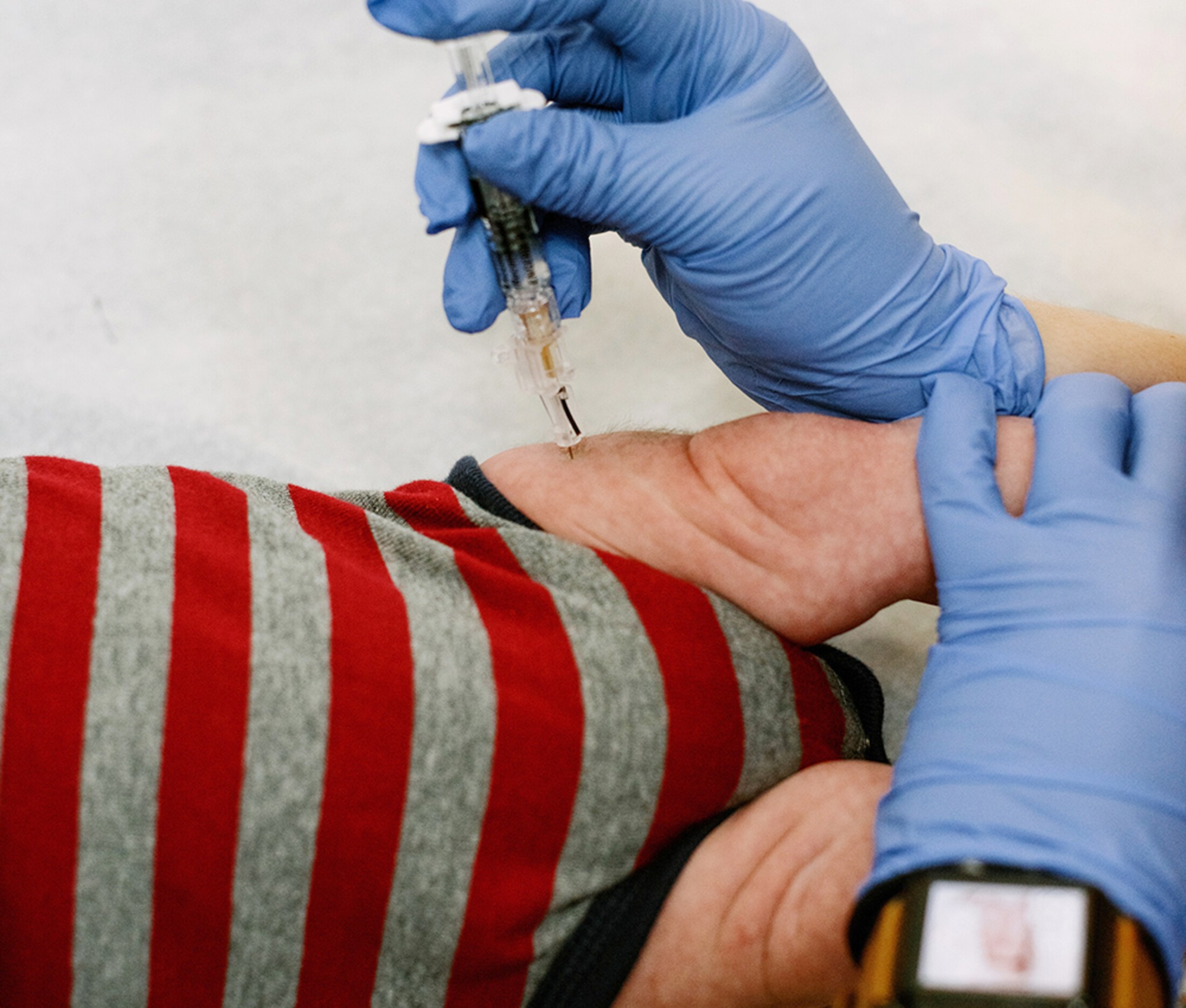 Health: Will Kennedy dismantle U.S. immunization policy?
Health: Will Kennedy dismantle U.S. immunization policy?Feature ‘America’s vaccine playbook is being rewritten by people who don’t believe in them’
-
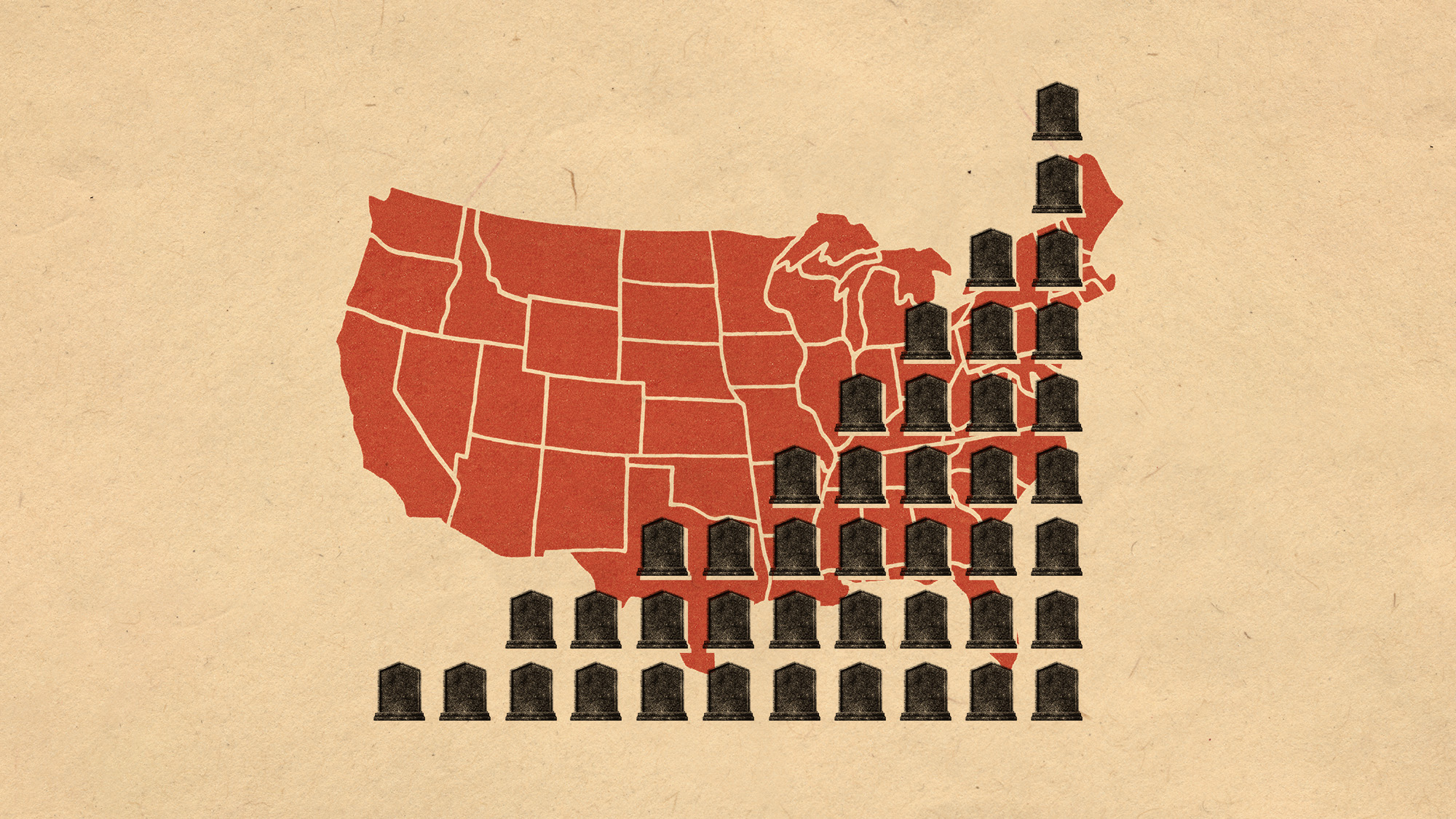 More adults are dying before the age of 65
More adults are dying before the age of 65Under the radar The phenomenon is more pronounced in Black and low-income populations
-
 Ultra-processed America
Ultra-processed AmericaFeature Highly processed foods make up most of our diet. Is that so bad?
-
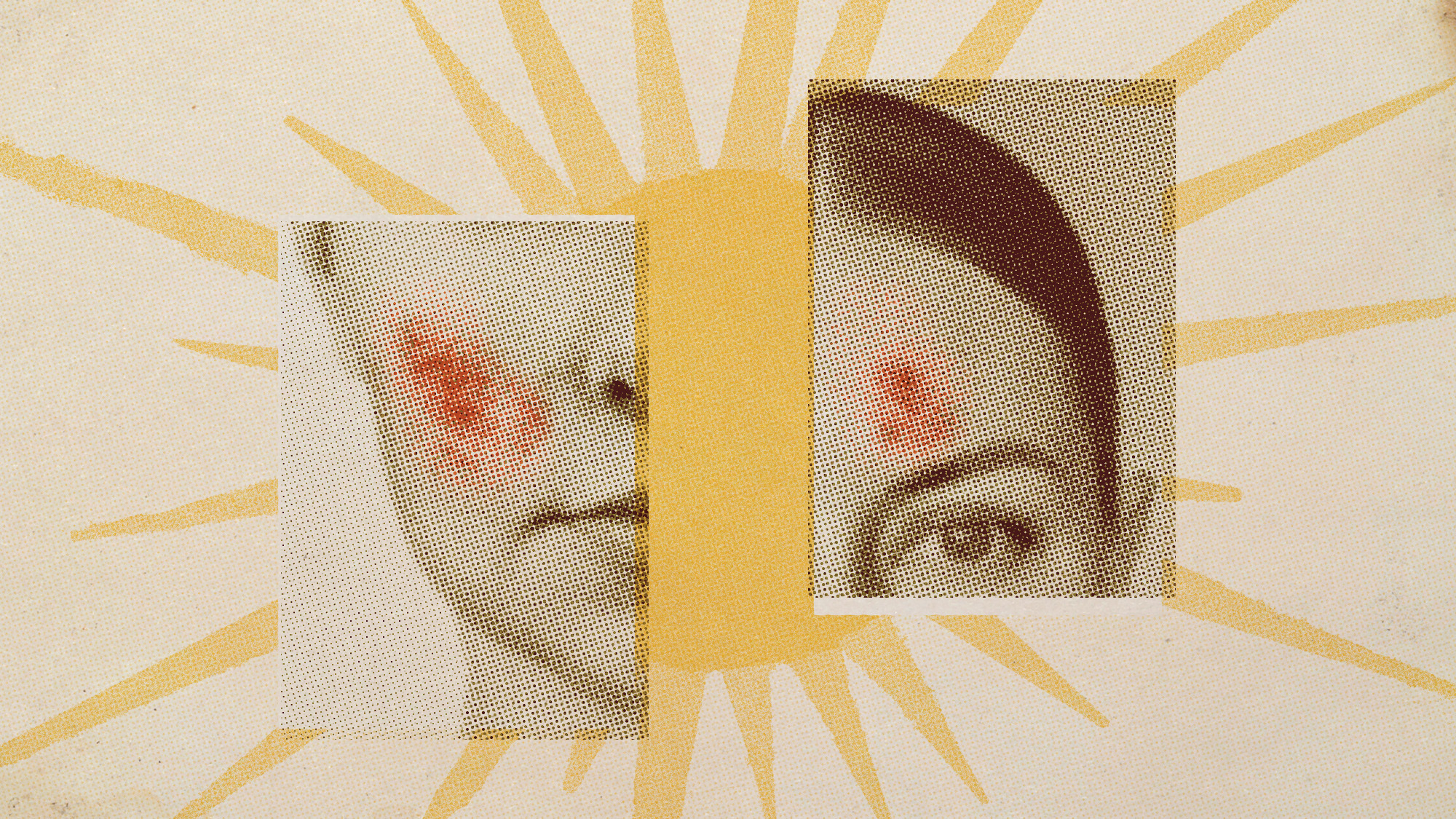 Climate change is getting under our skin
Climate change is getting under our skinUnder the radar Skin conditions are worsening because of warming temperatures
-
 Is this the end of ultraprocessed foods?
Is this the end of ultraprocessed foods?Today's Big Question California law and the MAHA movement are on the same track
-
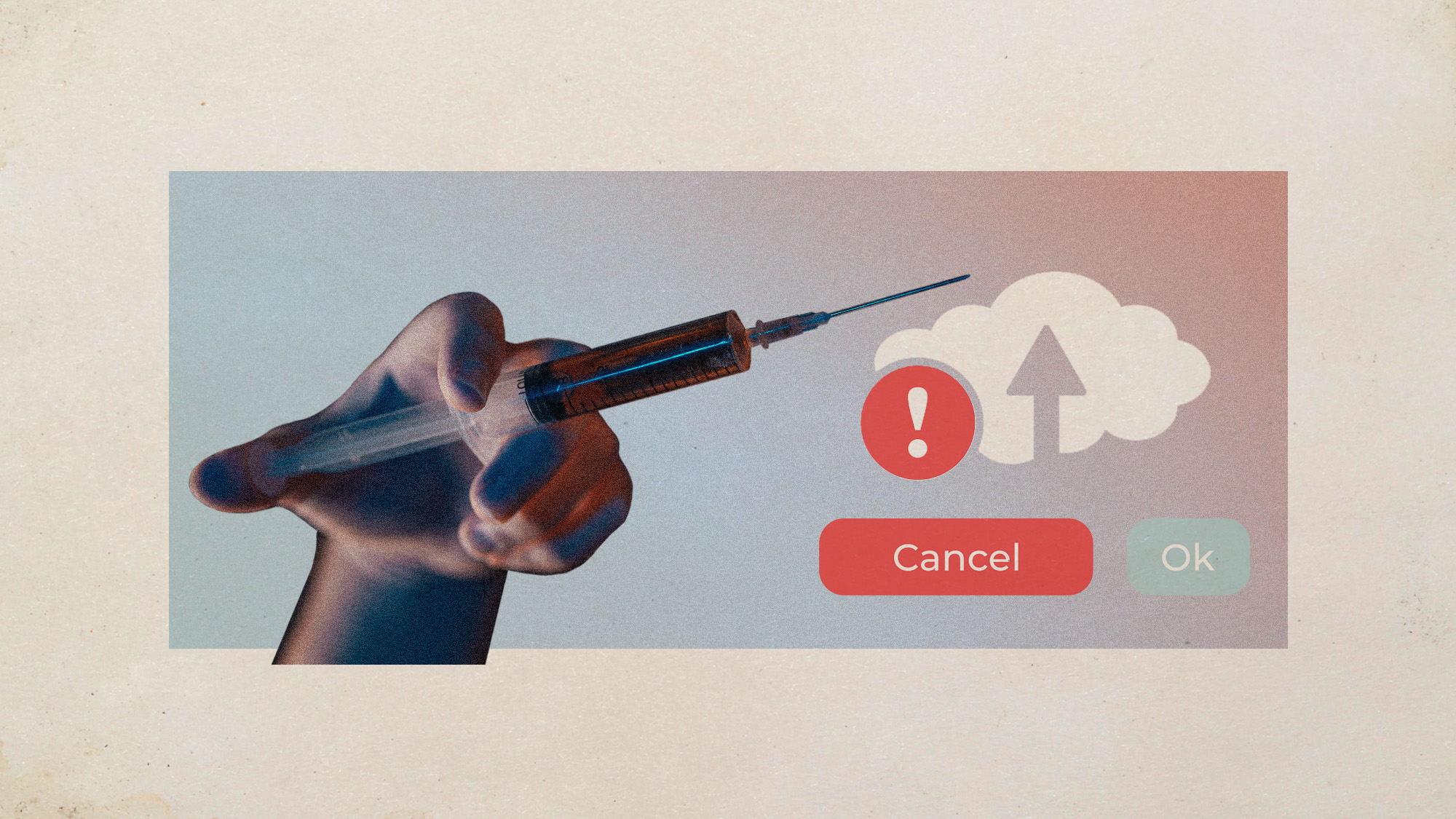 Bluetoothing: the phenomenon driving HIV spike in Fiji
Bluetoothing: the phenomenon driving HIV spike in FijiUnder the Radar ‘Blood-swapping’ between drug users fuelling growing health crisis on Pacific island
-
 The new Stratus Covid strain – and why it’s on the rise
The new Stratus Covid strain – and why it’s on the riseThe Explainer ‘No evidence’ new variant is more dangerous or that vaccines won’t work against it, say UK health experts
